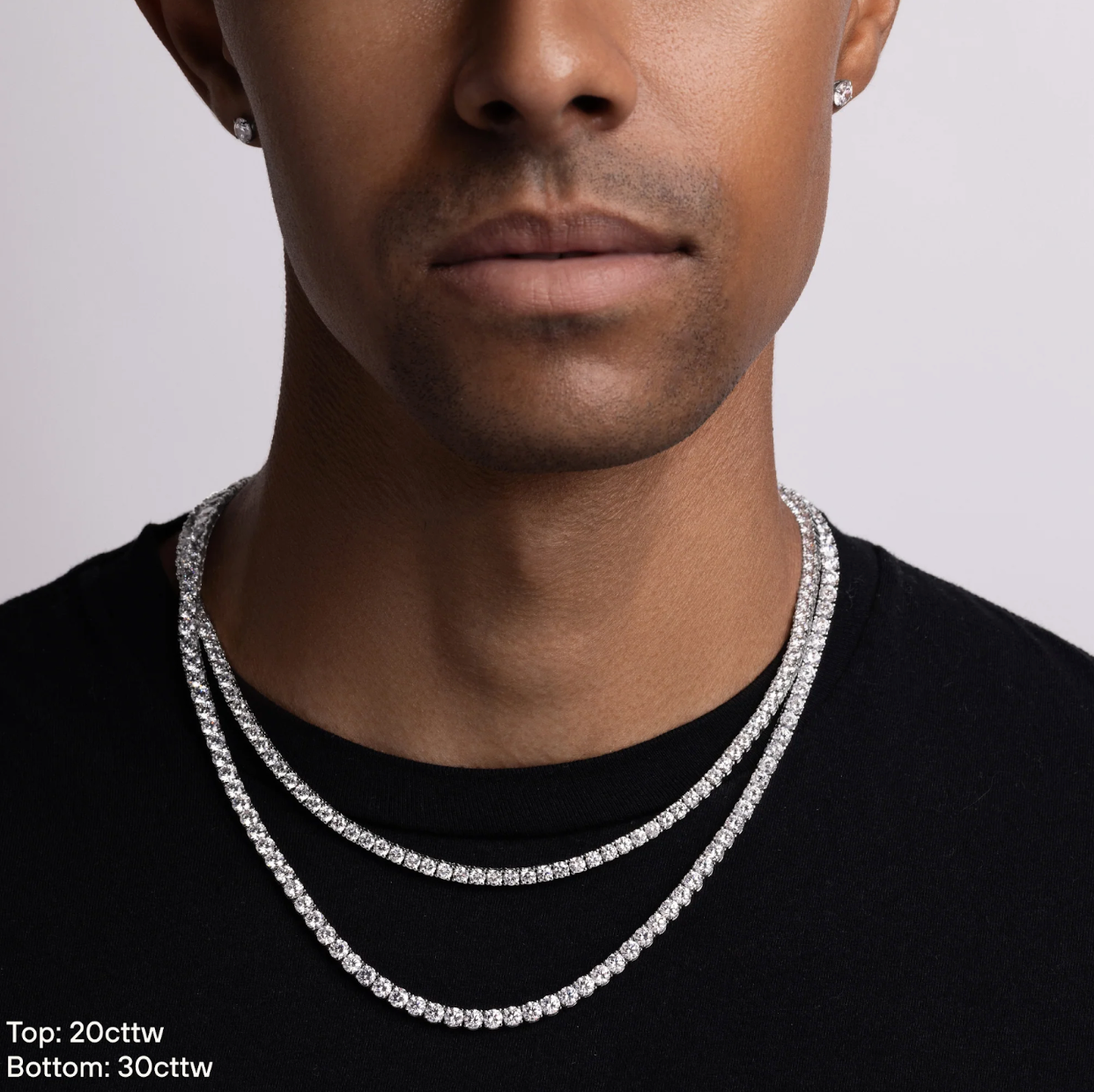The marquise-cut diamond is a distinctive shape diamond that doesn’t get the recognition it deserves. Its unique shape makes it easy to identify and creates a unique look for anyone wearing it. But how did this diamond arrive on the scene, and how did it get its noticeable shape?
The History of the Marquise-Cut Diamond
Its story begins in France during the 1700s. When you look at the marquise-cut diamond, do you notice that its shape resembles lips? That’s exactly what King Louis XV of France asked for when he asked a jeweler to design a diamond shape to resemble his mistress.
King Louis XV of France first met his mistress, Madame du Pompadour, at a masked ball in Versailles. Because it was a masked ball, all King Louis XV could see of Madame du Pompadour was her lips. He professed that her lips were perfect, and we wanted to design a diamond shape to match their perfect shape. Thus, the marquise-cut diamond was born!
It wasn’t just Madame du Pompadour that wore this diamond shape. Advisors to the king and queen also began to wear this diamond shape. These advisors were known as marquesses, which is how the marquise-cut diamond would eventually get its name.
In addition to marquise, this diamond shape also has other names. One of the most popular names is “navette” in French, which means “little ship.” This name comes from the boat-like shape of the diamond.
Over time, the marquise-cut diamond got another nickname that caused young shoppers to turn away from the diamond. It became known as “my mother’s diamond” because it was popular during the 1960s and 1970s.
Jewelry designers were able to revive this antiquated diamond with new life and made it appealing to young shoppers once again.
Why You Should Choose a Marquise-Cut Diamond
The marquise-cut diamond has a total of 58 facets, often considered the ideal number of facets on a diamond. A facet is a flat surface on a diamond. Facets will cause your diamond to sparkle and shine when light hits it. Since a marquise-cut diamond has 58 facets, it has a bright fire that many users love.
The shape of a marquise-cut diamond can cause your ring finger to look longer and more slender. This has become one of the main reasons that marquise-cut diamonds have regained popularity, especially among younger shoppers. It has a perfect symmetry that elongates the finger and makes the hand stand out. It can be a very noticeable diamond shape!
The marquise-cut diamond can also look bigger than it is. Because the shape is long, the diamond can look bigger through its size and the fire as the light hits it. You don’t have to spend big money on a large diamond! The marquise-cut diamond can achieve size and fire simply through its unique shape.
How to Choose a Marquise-Cut Diamond
If you’re choosing a marquise-cut diamond, keep the pointed ends of the diamond protected. Because each end of the diamond comes to a point, the diamond is at risk of chipping. The diamond should have protective prongs surrounding the points of the diamond to ensure they stay protected as the diamond is worn.
Typically, you will never hear a jewelry expert recommend choosing a diamond that has a yellow color—however, the marquise-cut diamond is an exception to that rule. Because marquise-cut diamonds are vintage, many users prefer the diamond to have a slight color. This represents history and can make the diamond look older than it is!
Conclusion
The marquise-cut diamond is the perfect diamond shape to choose if you love history or the look of a vintage ring. We have many marquise-cut engagement rings to choose from if you’re ready to begin shopping!





Share:
Elongated Cushion Cut Diamonds − Pros, Cons, Tips & Tricks
What Are the Benefits of a Lab Grown Diamond?